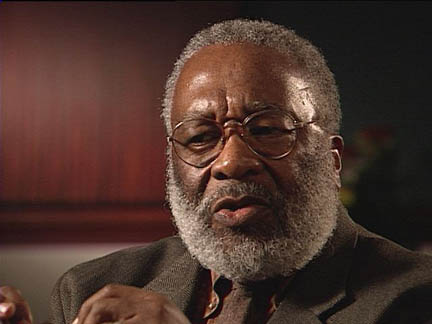Nonviolent Action and Human Rights
Nonviolent action campaigns have been a part of political life for millennia. History records many instances of groups rising to challenge abuses by authorities, demand social reforms, and protest militarism and discrimination. In recent years, however, the number of such movements has increased, as has their success in advancing the cause of human rights and toppling or dramatically reforming repressive regimes. In the twentieth century, nonviolence became more of a deliberate tool for social change, moving from being largely an ad hoc strategy growing naturally out of religious or ethical principles to a reflective and, in many ways, institutionalized method of struggle.
Campaigns to reform discriminatory laws through nonviolent action—such as the civil rights movements in the United States—are one example of how human rights have been advanced through the use of nonviolent action. More significant, however, has been the remarkable upsurge in nonviolent insurrections against authoritarian regimes. Many of the individual revolts have received major media attention—such as those in China, the Philippines and Eastern Europe—and certain political consequences of these largely pro-democracy movements have been analyzed. However, there has been little recognition of the significance of the increasing utilization of nonviolent methods to affect change in nations where guerrilla warfare from below or gradualist reform from above were once seen as the only alternatives. Despite the diffusion of nonviolence as a conscious strategy through movements around the world in recent decades, little is understood about how or why nonviolence works as a technique for securing social change. “Nonviolence” is not even a category in the mainstream academic lexicon.






